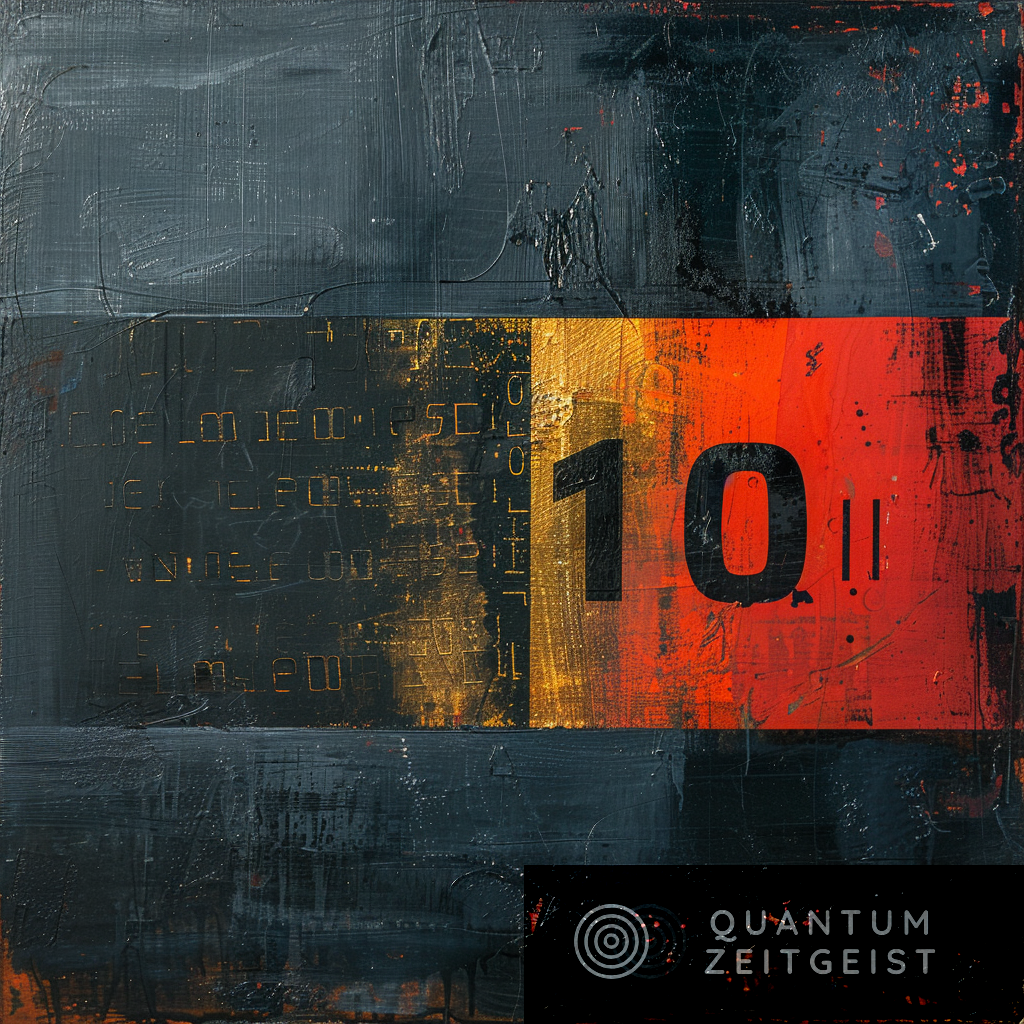Caltech researchers, led by graduate student Adam Shaw and physics professor Manuel Endres, have developed a method for classical computers to measure Quantum Computer Errors without fully simulating them. The team used a quantum simulator made of individually controlled Rydberg atoms manipulated by lasers.
The simulator, with 60 qubits, operates with an error rate of 91%, which is relatively high for the field. The method provides a benchmark for analyzing errors in quantum computing systems and measuring the amount of entanglement involved in a quantum simulation. Various organizations funded the research, including the National Science Foundation and DARPA.
Quantum Computing: Understanding and Reducing Errors
Quantum computers, with their potential to outperform classical computers in various fields, are still a work in progress. One of the significant challenges they face is the inherent errors that occur during their operation. Researchers are actively working to reduce these errors, and one method involves using classical computers to simulate quantum systems and verify their accuracy. However, as quantum machines become increasingly complex, simulating them on traditional computers could take years or even longer.
Researchers at Caltech have developed a new method that allows classical computers to measure the error rates of quantum machines without having to simulate them fully. This method, described in a paper in the journal Nature, aims to better understand the system’s errors so that they can be mitigated effectively.
Quantum Simulators: A Tool for Error Analysis
The Caltech team used a simple quantum computer known as a quantum simulator in their study. These simulators are more limited in scope than current rudimentary quantum computers and are tailored for specific tasks. The group’s simulator comprises individually controlled Rydberg atoms in highly excited states, which they manipulate using lasers.
A vital feature of the simulator, and all quantum computers, is entanglement—a phenomenon in which certain atoms connect without touching. As entanglement grows, those connections spread out chaotically or randomly, leading to small perturbations causing significant changes. This increasing complexity is believed to give quantum computers the power to solve specific problems much faster than classical computers.
The Catch-22 of Quantum Computing
However, once the machines reach a certain number of connected atoms or qubits, they can no longer be simulated using classical computers. The quantum simulator used in the new study has 60 qubits, which puts it in a regime that is impossible to simulate precisely. This presents a catch-22 situation: researchers want to study a regime that is hard for classical computers to work in but still rely on those classical computers to verify if their quantum simulator is correct.
To overcome this challenge, the researchers took a new approach, running classical computer simulations that allow for different entanglement amounts. This method was likened to painting with brushes of various sizes, with the classical computers painting the same thing with progressively finer and finer brushes and then estimating what it would have looked like if they were perfect.
Estimating Errors in Quantum Computing
Using this method, the researchers estimated that their 60-qubit quantum simulator operates with an error rate of 91 percent (or an accuracy rate of 9 percent). While this may sound low, it is relatively high for the state of the field. For comparison, the 2019 Google experiment, in which the team claimed their quantum computer outperformed classical computers, had an accuracy of 0.3 percent.
This new method provides a benchmark for analyzing the errors in quantum computing systems. As improvements are made to the hardware, researchers can measure how well these improvements have worked. This new benchmark can also measure how much entanglement is involved in a quantum simulation, another metric of its success.
Funding and Future Research
The research, titled “Benchmarking highly entangled states on a 60-atom analog quantum simulator,” was funded by various organizations, including the National Science Foundation, the Defense Advanced Research Projects Agency (DARPA), the Army Research Office, the U.S. Department of Energy’s Quantum Systems Accelerator, and Caltech’s Walter Burke Institute for Theoretical Physics. The team’s future work will likely continue to focus on improving the accuracy and efficiency of quantum computing systems.
External Link: Click Here For More

